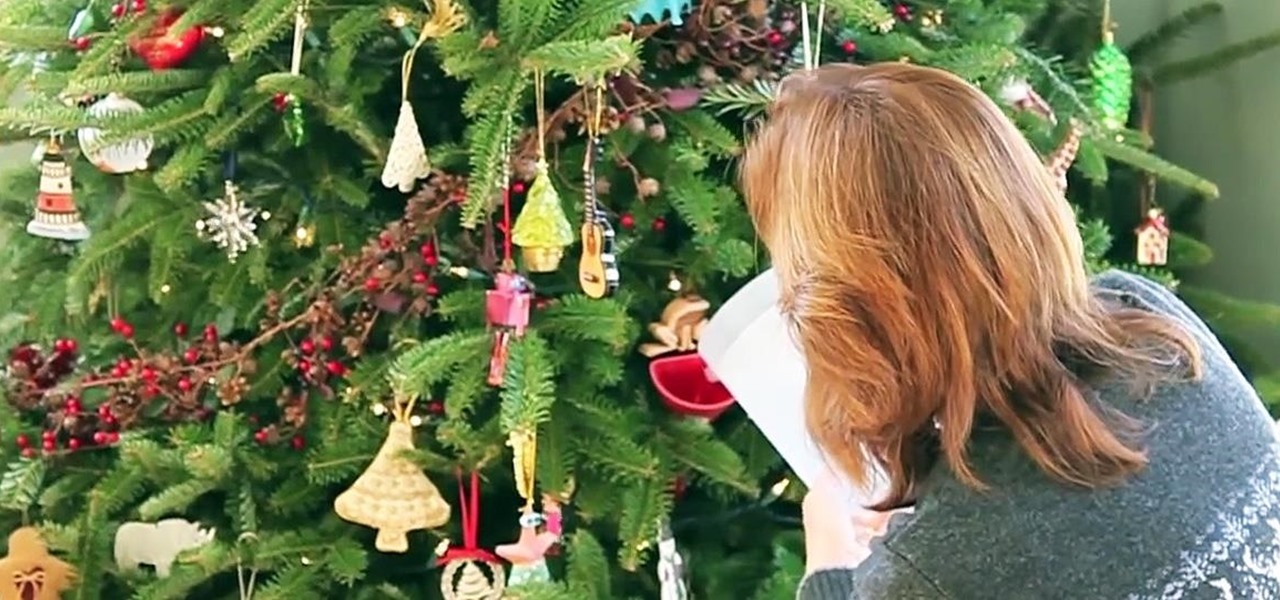
Or, fire up the leaf blower – it will work great. If they have not done so, you can physically shake the tree and bounce it on a hard surface to dislodge loose needles. Many tree lots and choose and cut growers mechanically shake trees to remove loose needles and other debris. Tests have proven that trees will last two to three weeks or longer in a water stand versus being nailed onto a wooden stand. To repeat an important point, displaying trees in water is one of the most effective ways to keep them fresh and to minimize needle loss. But making a new cut on any fresh tree within four to six hours will assure that it will drink water.

True fir species such as nobles and Frasers may not seal over for several hours.

However, if the butt has been exposed to air for six hours or so, water absorbing cells may have sealed over.Ĭutting as little as 1/4 to 1/2 inch off the trunk is enough to reopen these cells before displaying your tree in a water stand. If a tree lot or farm made a fresh cut and the tree has been stored in a bucket of water before bringing it inside, a fresh cut may not be necessary. Should I make a fresh cut before putting my tree in a water stand? If needles bend like a limp, dried out carrot and the tree is no longer using water, it is drying out and may need to be removed after a few more days. This is also a good test for freshness for non-pine species in the home. If they are pliable and bend but do not snap, the tree may have dried to a point where it will no longer drink water.įresh pine needles are different because of their fibrous composition. If the tree is fresh, the needles should break or crisply snap – just like a fresh carrot. Then, discretely pick off a few needles and bend them between your fingers. Very few needles should come off if the tree is fresh. Second, gently grasp a branch and pull your fingers toward you. While most trees on a lot are fresh, there are a few quick ways to test a tree’s freshness.įirst, pass on any tree that looks faded, exterior needles are brittle and easily fall off at a gentle touch or when the tree is bounced on a hard surface, smells musty and the bark of the outer branches is wrinkled. Grand fir, spruces, concolor or white fir do well when in a water stand, but tend to deteriorate faster than others if the butts dry out. What species keep the best after harvest?Ĭertain species such as noble fir, Fraser fir, Scotch pine and Douglas-fir last very well. They address some of the more common myths and are based upon years of tree keepability research – most of which is conducted at the WSU Research and Extension Center in Puyallup.

The following tips will help you choose a fresh real tree and to properly care for it. Unfortunately, many well-intended, but poorly informed sources recommend ineffective treatments that have no scientific basis.īasically, if you treat your tree as a cut flower and display it in a water stand, it will last for several weeks in your home. Keeping a tree fresh is fairly simple once you learn to separate proper tree care information from the many popular home recipes. Nationally, approximately 30 million real trees are purchased each year from retail lots and choose and cut farms. The Christmas tree buying season is upon us. Common Myths and Questions on Christmas Tree Care


 0 kommentar(er)
0 kommentar(er)
